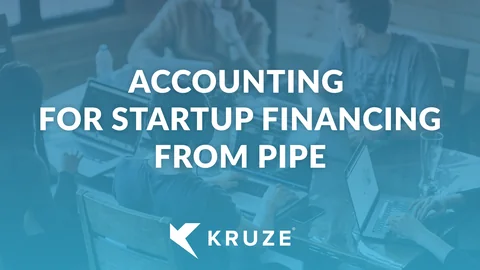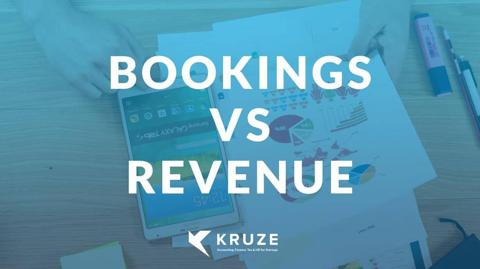
Pipe.com is a new lending marketplace that allows companies with recurring revenue streams to generate cash or capital upfront by factoring, or trading, their future payment stream. Pipe is an effective financing option for startups, but startups need to understand how to handle accounting for these funds. The interesting thing about this financing option is that factoring invoices has been around forever as accounts receivable loans. That’s what banks do really, really well. You have a customer, you provide a service for them, you invoice them, and you’re going to get your cash in 30 days. Instead, the bank will actually give you a discounted price on your receivables, say 96 cents on the dollar, and then collect the money from the customer directly. That is factoring receivables.
What’s different about Pipe?
What’s cool about Pipe is you don’t even have to have a receivable to access cash now. You are factoring payment streams that you probably haven’t even invoiced yet, way out in the future. But the investors on the Pipe platform, who are basically buying these future payment streams, don’t require a standard invoice like the bank would. So this is a very interesting financing innovation that is really, really good for recurring revenue businesses like SaaS companies. We’re excited about them, and we’re sending clients over to Pipe.
One of the things I like about the marketplace side of this, with the investors who are buying the payment streams, is that they compete to buy your booked revenue. You are going to get a better cost of capital than if you just offer your receivables to one or two investors and take whatever they give you. The investors are competing on the other side of the marketplace, which means your cost of capital or effective interest rate is actually being driven down by the marketplace through competition. And that’s super duper exciting.
So how do startups manage Pipe financing from an accounting standpoint?
After your revenue stream is sold to investors through Pipe, you get a deposit from Pipe. That is going to debit your cash, meaning your cash is going to go up. You’re also going to credit a short-term liability. It’s kind of like short-term debt, right? You have a liability to the investor who bought your payment stream and you’re going to pay them on a monthly basis. Now, the payments that go out are going to go against that short-term liability.
So you’re going to credit cash, meaning cash is going to go down for that payment amount every month, and you’re going to debit the short-term liability accounts on the liability side of the balance sheet. So hopefully all you accountants out there are understanding this. But basically with every monthly payment, cash goes down and the short-term liability account, the debt you owe, is going to go down, too.
Don’t forget to account for interest
Now, there’s a little twist here in that a portion of that monthly payment you’re making is actually embedded interest because the investors bought it at a discount. So there’s an effective interest component up to this. Pipe actually has thought of this and they have a really nice little report inside their marketplace that shows you the discount or component of interest. And your accountant can split that payment amount up and book a portion of it as interest and the rest of it as the short-term liability, which means your debt balance is actually going to decrease. There’s a lot going on here, but basically it’s important to recognize that there is an embedded interest component that you’re paying when you use Pipe to bring cash forward and sell off your future payment stream.
I hope that helps you understand the Pipe financing option. It’s a really great tool. We’re seeing people use it and hopefully we’ll have more content on Pipe coming up. If you have any questions on this or venture debt, just hit us up at kruzeconsulting.com. Or visit our startup accounting dictionary to learn about other important accounting terminology.















